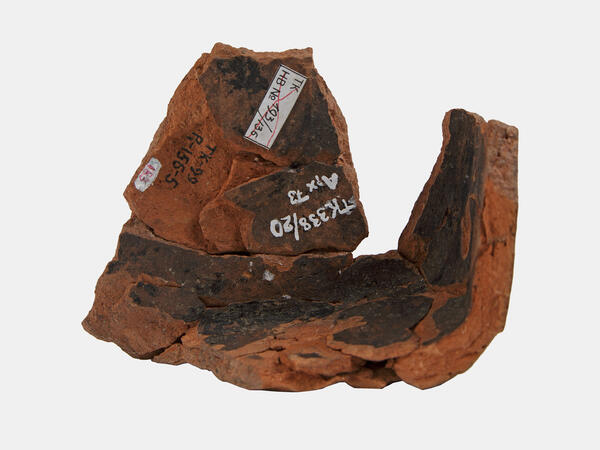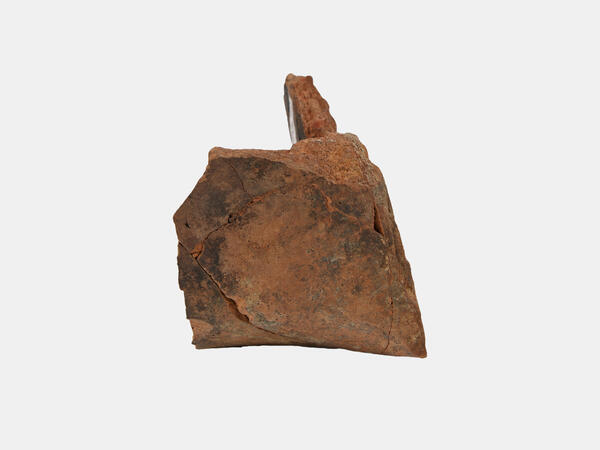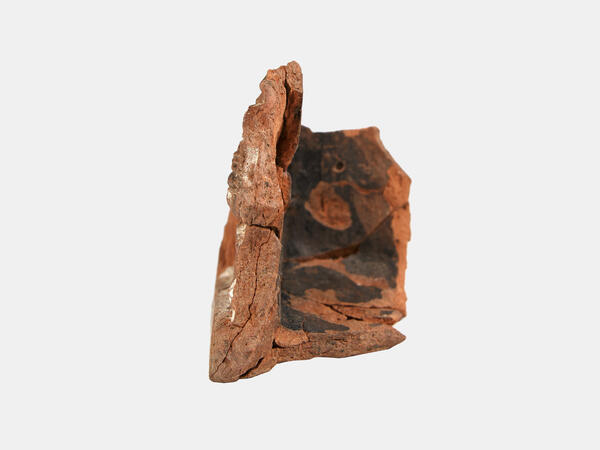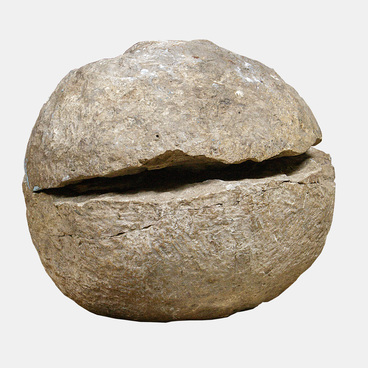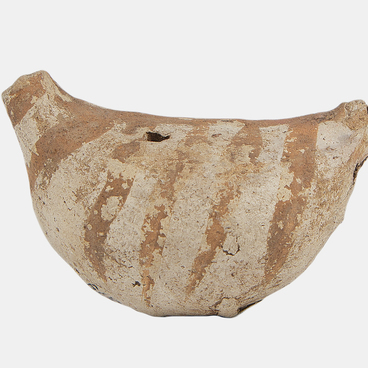Shaped tiles have been used in architecture along with other types of ceramics, mainly for walls, stoves, and fireplaces. The “cut bricks” (as they were called in Russia) appeared in the late 15th — early 16th century, when brick construction was actively developing in the country.
Terracotta relief slabs and exterior balusters were a popular way to decorate wealthy homes. Soon, red clay tiles began to appear in interior decoration. The earliest type is wide-frame tiles for decorating stoves. They were square and varied in size: the “big hand” tiles were 20 centimeters long on each side, while the “small hand” tiles were 14 centimeters long on each side. Around the edges there were frames about 2 centimeters wide.
Each tile had its own artistic composition. These could be elements of floral patterns or thematic images. Tiles with battle scenes were especially popular. They were often based on the plots of the ancient Russian novel “Alexandria” which described the military exploits of Tsar Alexander the Great.
All tiled stoves had a venting. The smoke was eliminated and left the room through ceramic pipes. A stove made of red tiles was always whitened, and crushed mica was added to the whitewashing: this gave the surface a characteristic shine.
The stoves made of red tiles have not survived. Even their fragments are extremely rarely recovered during excavations. Finds of red tiles in Tula are rare and they have occurred only on the territory of the Tula Kremlin. This is partly due to the short period of time when terracotta tiles were in fashion.
In the middle of the 17th century, red tiles were replaced by glazed ones. Terracotta has become an auxiliary material for external decoration of facades. The shape of the tiles gradually changed: there began to appear tiles in the shape of polyhedrons, plates, and columns. The skill of painting tiles reached its peak when Tsar Peter I sent his artists to Europe to study “tile making.” The result was flat white tiles with azure painting, popular in noble houses.

